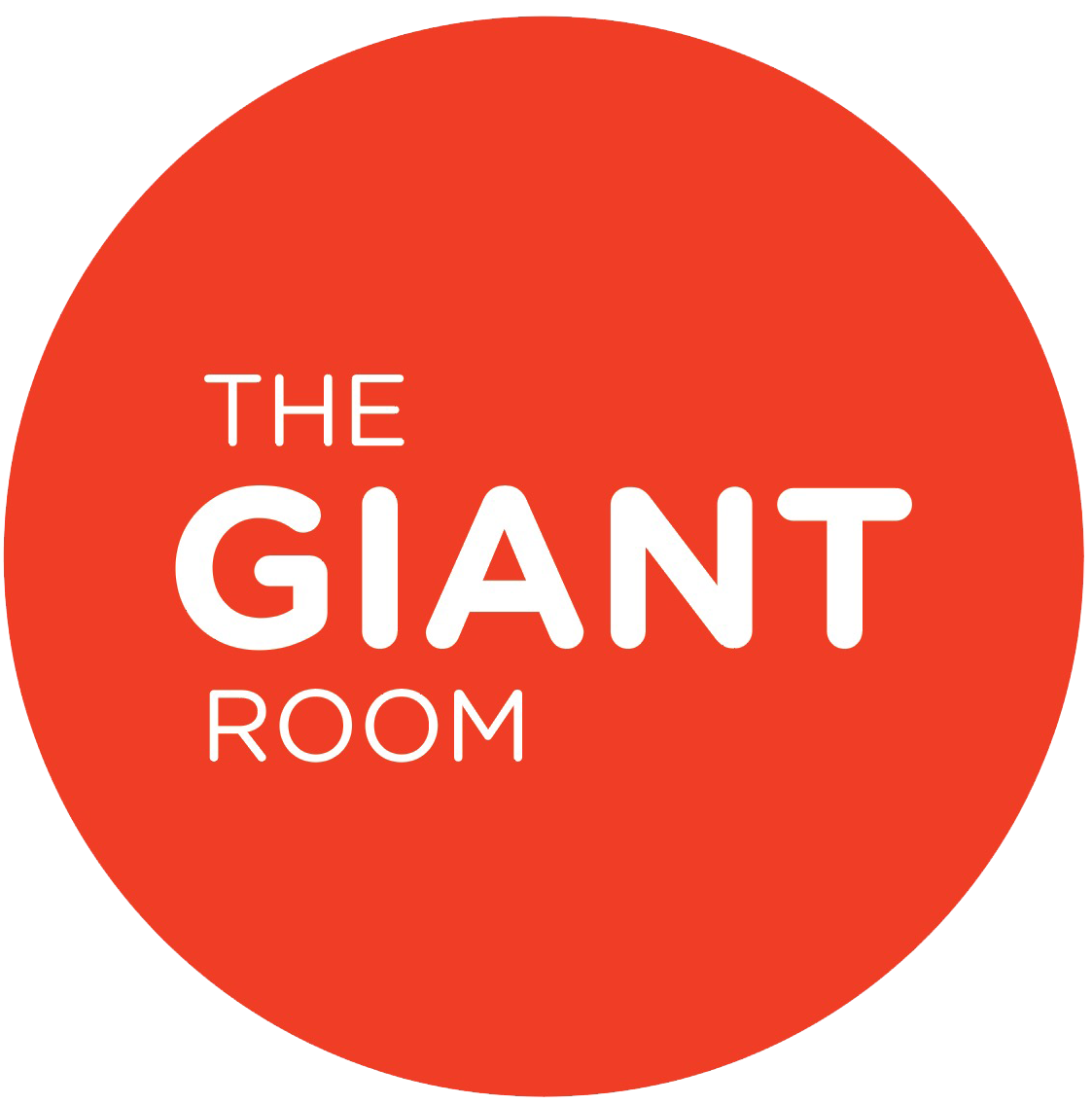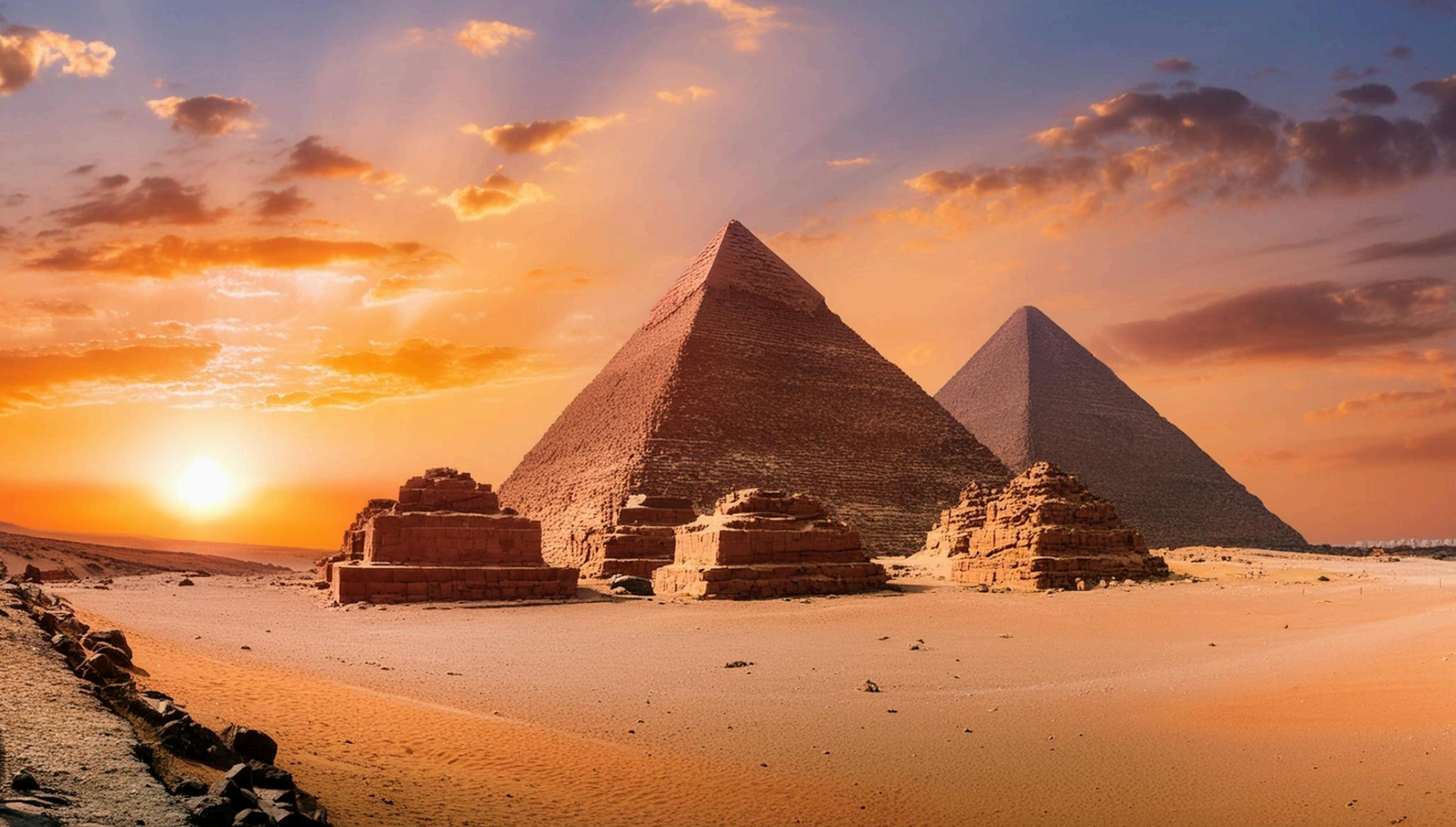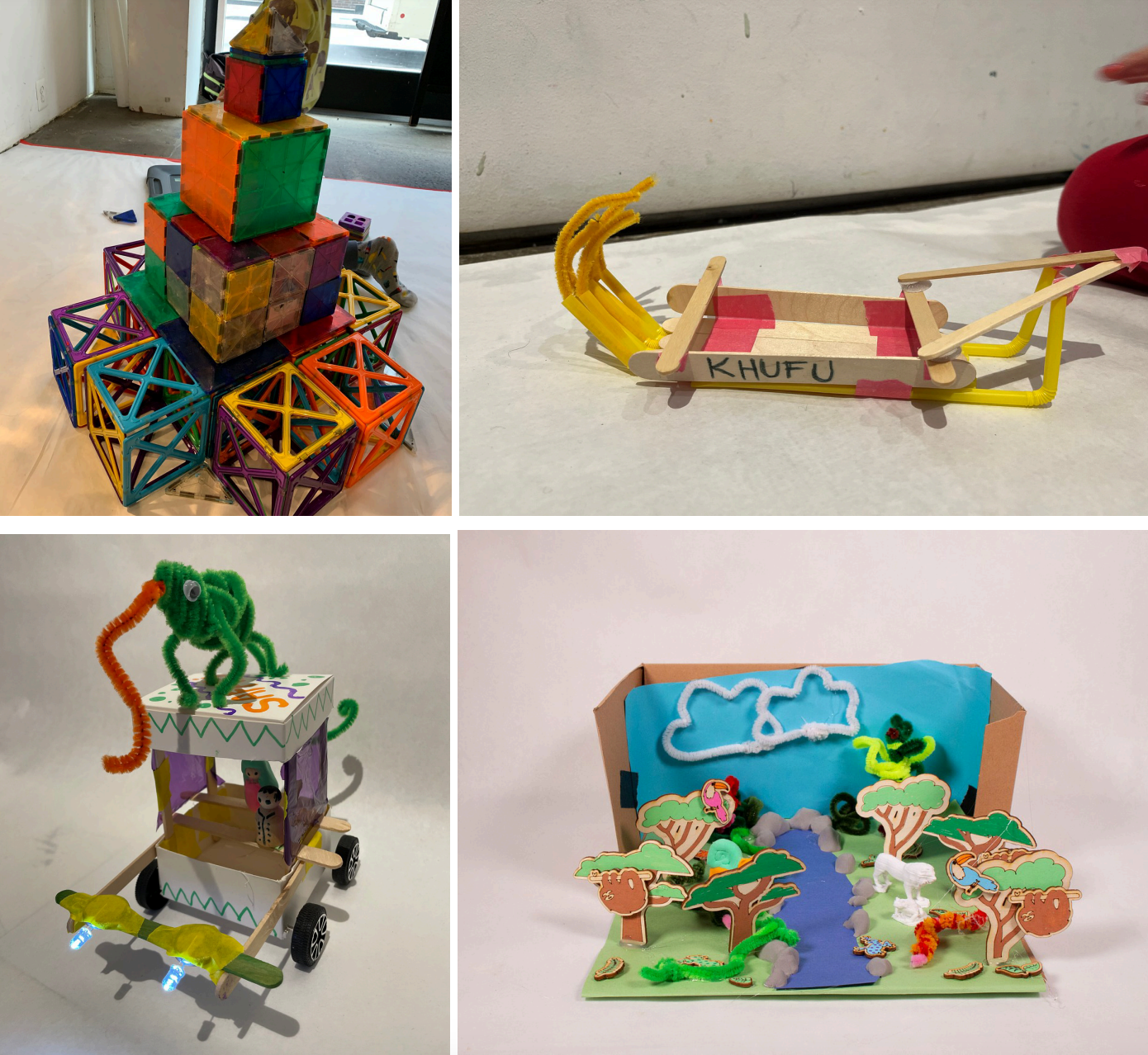GIANT AI Guide for Educators: Creative STEM Learning with AI - UNIT #2
GIANT AI UNIT #2: Design a travel guide as part of your social science curriculum
This unit supports elementary school teachers to integrate AI literacy and prompt engineering as part of their social science curriculum. In addition, we have provided guidelines on ways to integrate each activity as part of science or maker curriculum.
Overview of the unit
| Session Title | Description |
|---|---|
| #1: Choose a country of your choice and research about the country | Students choose an international country, do research about the country (its geography, famous monuments, famous historical figures or historical events, food, fashion, language and culture, nature, native animals, and more). They will then make a project by hand or use AI to create a representation of the country. |
|
#2: Create a representation of the country of your choice |
Students will create a representation of the country of their choice based on their research findings. They may draw a sketch, make a model, or use AI tools to generate a representation of the country. |
| #3: Design an explorer avatar | Students design an explorer avatar for their “Travel Guide” using an image generating AI tool. |
| #4: Design and publish your own Travel Guides | Students will design and publish their own travel guides. |
Session #1: Choose a Country of Your Choice and Research About the Country
START YOUR LESSON: Start by letting your students know the goal of this unit is to design and publish a Travel Guide book. Show them this GIANT Book as inspiration. You may choose 3 to 5 countries for your students to learn about. Start your lesson by introducing the countries to them and sharing a number of interesting facts about them.
HANDS-ON ACTIVITY: Have your students choose one of the countries from your list or a country of their choice, do research about the country (its geography, famous monuments, famous historical figures or historical events, food, fashion, language and culture, nature,native animals, and more), and write their research findings in their notebook.
If access to AI tools are allowed, they may use AI to support them in doing research or work with an AI tool in collaboration with their teacher at school, or with their parents at home. When choosing AI tools for research purposes, discuss with your students the importance of fact checking and validating AI outputs, using AI tools that are specialized in social sciences if feasible, and always make a reference to AI if using information provided by AI.
You may use these prompts from our GIANT Prompt Library to do research about the country of their choice:
Prompt: Tell me [number] important [historical figures/ artists/ activist/ scientists/ inventors] from [country], explain why they are important, and add citations
Example: Tell me 5 important historical figures from China, explain why they are important, and add citations
Prompt: Tell me names of [number] traditional [food(s)] from [country] and main ingredients in each, and add citations
Example: Tell me names of 5 traditional foods from India, and main ingredients in each, and add citations
Prompt: Tell me [number] [adjective] facts about [nature, native animals, history, geography etc.] of [country], and add citations
Example: Tell me 5 interesting facts about the geography of Germany, and add citations
SHARE ABOUT YOUR LEARNING AND CREATIVE PROCESS: Invite your students to share their research findings with their classmates. If time allows, you may ask them to create a powerpoint presentation and present their work like a social scientist.
Session #2: Create a representation of the country of your choice
START YOUR LESSON: Invite your students to create a representation of the country of their choice based on their research findings. They may choose to highlight a famous monument, a historical event, an item with a cultural significance, a famous infrastructure like a bridge or pyramid, or anything else on which they choose to focus.
HANDS-ON ACTIVITY: Students create a representation of the country of their choice based on their research findings. They may draw a sketch, make a model, or use AI tools to generate a representation of the country.
You may use these prompts from our GIANT Prompt Library:
Prompt: A [realistic image, drawing, painting] of [person, monument, item, etc.] from/in [country], [style]
Example: A realistic image of pyramids in Egypt, high resolution color photography
INTEGRATE THIS ACTIVITY AS PART OF YOUR MAKER CURRICULUM: Students may choose to use building blocks like Lego, arts and crafts materials, cardboard or recycled materials to build a model that represents the country of their choice. They can then take a photo of their project and use it as a reference for an image generating AI tool to create an image based on their imagination, or they can simply use real photos of their projects in their final Travel Guide Book. Below are some examples of GIANT students’ projects:
SHARE ABOUT YOUR LEARNING AND CREATIVE PROCESS: Invite your students to share their projects with their classmates. Ask them to describe their projects, why they chose to build what they built, and how it represents the country they are researching about. Ask them to share the prompt they used to generate an image of representing the country, and any prompt engineering methods they may have used to create the final look.
Session #3: Design an Explorer Avatar
START YOUR LESSON: Invite your students to create explorer avatars for their Travel Guide. Explain to them that they will need to think of one or a hybrid of animals that are native to their country of focus, think about something they can wear inspired by the culture and fashion of that country, and something their avatar would take with them on their exploration, again, ideally something inspired by the country. To spark their ideas, you may show them avatars in this GIANT book, on pages 10 to 17.
HANDS-ON ACTIVITY: Have your students design their explorer avatars by filling out this GIANT mission sheet.
To generate images of their avatars using AI tools, they can then put together an AI prompt based on the information they have written in their GIANT Explorer Avatar Mission Sheet.
Below are some prompt examples they may use from the GIANT Prompt Library:
Prompt: A [descriptive adjective #1] [descriptive adjective #2] [color or effect] [animal name] wearing [attire] and holding [exploration gadget], [style]
Example: A cute, round black and white panda wearing sunglasses and holding an old map, 3D illustration, kawaii style
FURTHER ENGINEER YOUR PROMPT: How might we engineer our prompts to make the output closer to our vision?
Tip #1: Play around with “effects.” In Adobe Firefly, you can add one of the pre-built effects from the “Movement,” “Themes,” “Effects,” “Materials,” and “Concept” libraries.
Tip #2: Upload an image as a reference. In Adobe Firefly, you can upload a reference image under “Style.”
Tip #3: Add information about tone, lighting, camera angle, and/or type of image (art vs realistic photo for example).
INTEGRATE THIS ACTIVITY AS PART OF YOUR SCIENCE CURRICULUM: Ask your students to include scientific information and facts about their animal or animal hybrid. For example, they may include information about the habitat where their animal lives, how old they are, who their predators are, what they eat, or special physical traits they may have.
INTEGRATE THIS ACTIVITY AS PART OF YOUR MAKER CURRICULUM: Students may use arts and crafts materials such as paper, cardboard, modeling clay, craft sticks, and more to make prototypes of their avatars. They can then use photos of their prototypes along with a description of their creature as a reference in their AI modeling.
SHARE ABOUT YOUR LEARNING AND CREATIVE PROCESS: Invite your students to share their avatars with their classmates. Ask them to describe their avatars, share the prompt they used to generate an image of their avatar, and any prompt engineering methods they may have used to create the final look.
Session #4: Design and publish your own Travel Guides
START YOUR LESSON: Time to design our Travel Guide book. Show your students this GIANT Book as an inspiration. Discuss with them the format of the book (in this case a graphic novel) and the way information about each country is represented in the book with an eye on the layouts of each page and research highlights presented in the book.
HANDS ON ACTIVITY: Students can use a graphic software of their choice such as Google Slides, Adobe, or Canva to create a digital copy of their book by incorporating images of their projects (photos of their hand-made projects and/or avatar generated images), blurbs highlighting their research, and their explorer avatars. Depending on their level of design expertise, they may also choose to remove backgrounds of their projects (if using photos of their hand-made projects), use AI tools to generate new backgrounds, or use stock images.
SHARE ABOUT YOUR LEARNING AND CREATIVE PROCESS: Invite your students to share their final book with friends and family! Print a copy and add it to your classroom’s library.
Your students may publish their Travel Guide Book along with graphics and photos of projects they designed using the GIANT Remix platform. They will decide on the format of their book (graphic novel, chapter book, picture book) and work with the GIANT team to publish their book either in a digital format or printed copy.
In the Classroom: Design a travel guide as part of your social science curriculum
Yokasta Evans-Lora from Brooklyn Arbor Elementary School in District 14 implemented this unit in her third grade classroom as part of their social science curriculum focused on the country Peru. After conducting research on Peru’s geography, history, and cultures, her students planned and drew avatars featuring animals that live in the country. Next, they wrote prompts and generated images of their avatars using Adobe Firefly’s generative AI tool. They then uploaded their images to a Google Slide and formatted the slide to practice digital media literacy skills.
We invite you to check out her students' original drawings of their avatars, their prompts, and their final AI-generated avatars.


